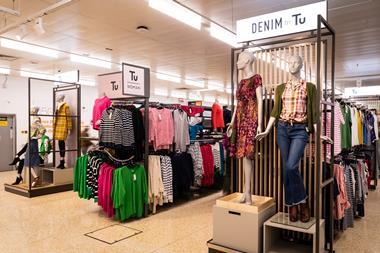Worries about secure Internet shopping could be a thing of the past if a new project in biometrics - measuring unique physical attributes of a person to identify them - wins commercial backing.
Researchers at Queen Mary, University of London, have published a paper about a method of identifying shoppers from the way they use a computer mouse.
'We were looking for a way to improve confidence about using the Internet, and biometrics is one of the ways of overcoming problems with passwords,' said Queen Mary research team leader Dr Peter McOwan.
'We asked ourselves what was the simplest biometric we could come up with. We knew that not many Internet users have fingerprint or iris scanners, but they all have a keyboard and a mouse.'
The system works by asking users to draw a picture up to 30 times using the mouse.
An artificial intelligence (AI) system, based on the way the human brain works, records the way the mouse is handled and builds up a profile of the user.
Once the AI system learns this profile, it can then be used to tell the difference between mouse signatures.
The team performed a pilot study of 40 people during the month-long investigation, giving the AI system five attempts to recognise the user before they were shut out of the system.
The AI managed to successfully recognise users 99 per cent of the time, although not every subject was recognised on the first attempt.
The software is very slow at the moment, taking more than an hour to build up the initial profile. However, the pilot study was carried out using an easily-available Pentium 4 PC.
Since the team's paper was published, McOwan has been approached with offers to develop the soft-ware commercially.
He declined to give any details about which organisations had approached him, but confirmed that some of the interested parties were companies in the banking and retail industries.
He estimated that, should he get commercial backing, it should take about two years to develop a commercially-viable product for use on the Internet.
'We're not suggesting it's going to replace password protection, but hopefully adding another layer will make the Internet more secure,' said McOwan.
























No comments yet